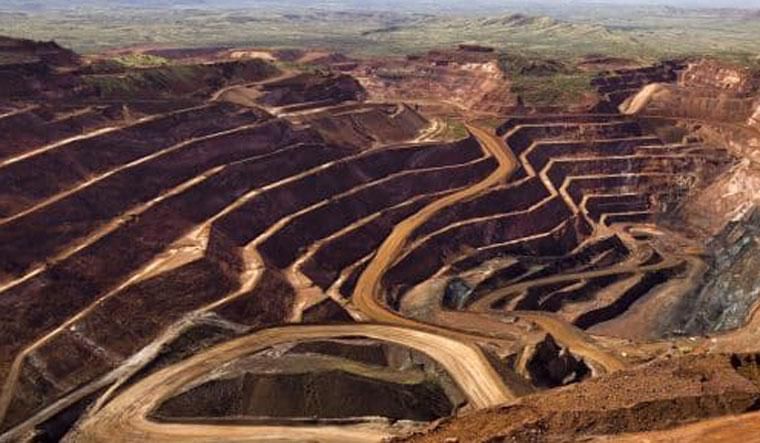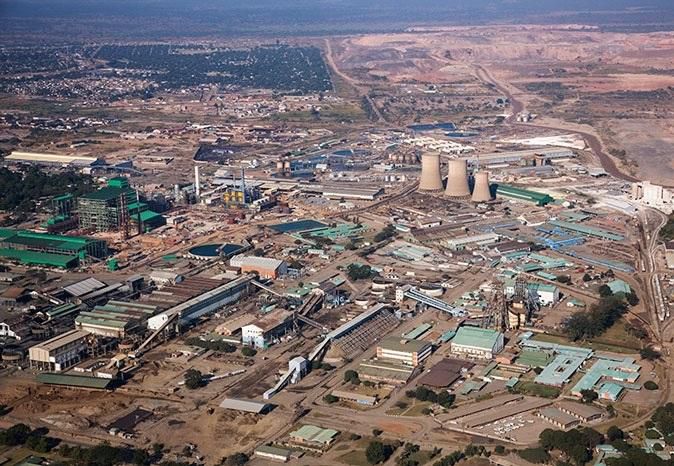Zari, Shakib enjoy Zambia's finest in background of the country's latest discovery
)
"Life update, somewhere in Zambia. Are you down for the ride? ❤️," Zari and Shakib said respectively. These words also ring true for Zambia's latest discovery in the Chililabombwe, a town in Copperbelt province just inside Zambia’s border with the Democratic Republic of Congo.
The search for the world’s next top-tier copper reserve, which started in July, ended yesterday, according to Financial Times when the Silicon Valley start-up KoBold Metals found "a bounty of high-quality, in-demand metal and, with it, a nation’s economic resurrection."
Eight and a half hours away from this reserve, Zari and Shakib were enjoying time at the Ciela Hotel and Resort. The Resort is a high-end hospitality provider with a whopping 8.0 rating above Protea Hotel by Marriott Lusaka Cairo Road (7.9) and HOTEL AFRICANA LSK (7.8) on Booking.com.
Ciela Resort is described as a "spirited calm in paradise" with luxurious amenities including Zambia’s #1 ranked 18-hole golf course. The Resort also hosts a monthly Farmer's Market.

Speaking of markets, the geography of Zambia is said to be a stumbling block in getting the newly discovered copper to markets to compete against the well-endowed DRC.
Zambia's second chance at its Copperbelt

“Globally, everyone knows the geology of the Central African Copperbelt is very attractive," said Mfikeyi Makayi, chief executive of KoBold in Zambia and the first Zambian woman to run a mineral explorer.
Makayi prefers to view the landlocked country as “land-linked” to eight neighbours, but she believes the Copperbelt was frustrated by “decisions not to upgrade our infrastructure to get to market”.
Although Zambia shares the same high-class copper endowment as the DRC, its copper must travel 1,800km or more, largely by truck, to ports such as Namibia’s Walvis Bay or Dar es Salaam.
While copper remains Zambia’s biggest export, taxpayer and growth driver, most output today does not come from the Copperbelt, the industry’s once-beating heart.
Zambia's goal, which is tripling copper production from about 800,000 tonnes a year to over 3mn by 2032, means that it will have to surpass the current output of the DRC, Africa’s largest copper producer, which is catching up to Peru, the second-biggest producer behind Chile.
“This is what it’s all about,” said Alex Matthews, Zambia country manager for KoBold, pointing to mineral samples taken from the Mingomba deposit. The California-based start-up provides AI technology to better guide the placement of the drills, which cost $1mn per go. “There are very few people in the world who have the support to do something like this,” he adds.

The support comes from some of the world’s most powerful venture capitalists including Breakthrough Energy Ventures, backed by Bill Gates and Jeff Bezos, and Andreessen Horowitz. It is one example of the cash flowing from outside the traditional world of mining to address a looming shortfall of copper, one of the most important raw materials for the global energy transition. This demand could see Zambia’s ambition to revive the Copperbelt after falling on hard times pay off.
READ HERE: World Bank halts funding for Uganda
“The soul of Zambia is right here in the Copperbelt. It anchors our economy,” said Jito Kayumba, a Zambian venture capitalist turned special adviser to Zambia's president who helped bring KoBold’s drilling to the country. “We really feel duty-bound to ensure that this entire region is turned around.”
)
)
)
)
)
)